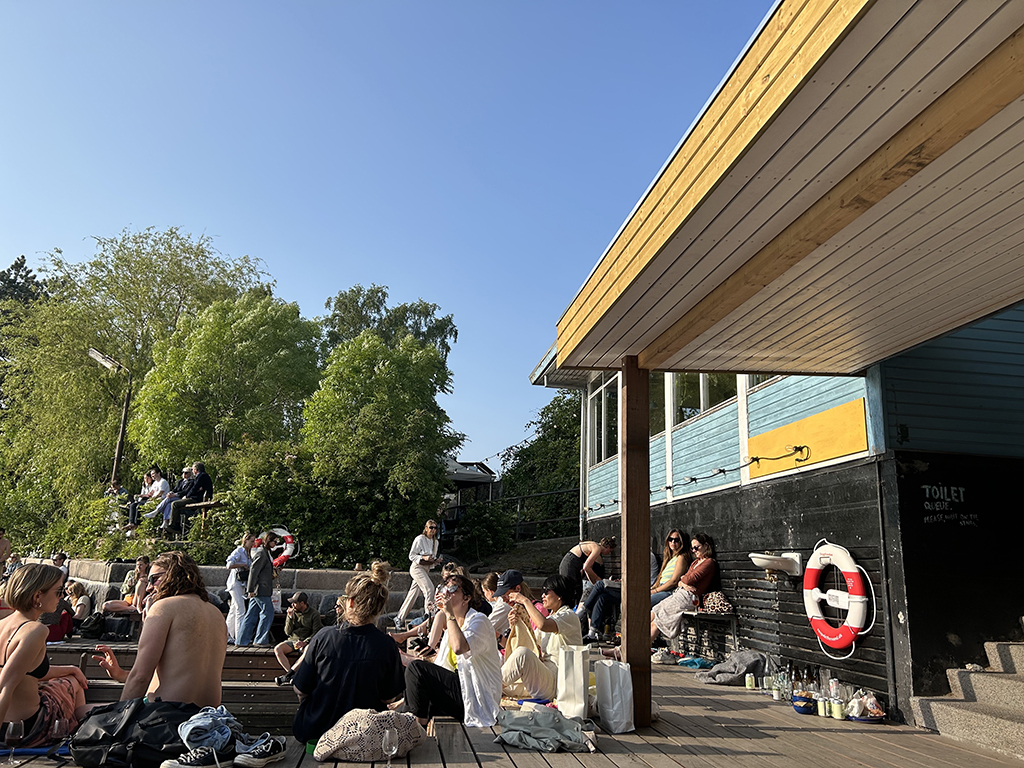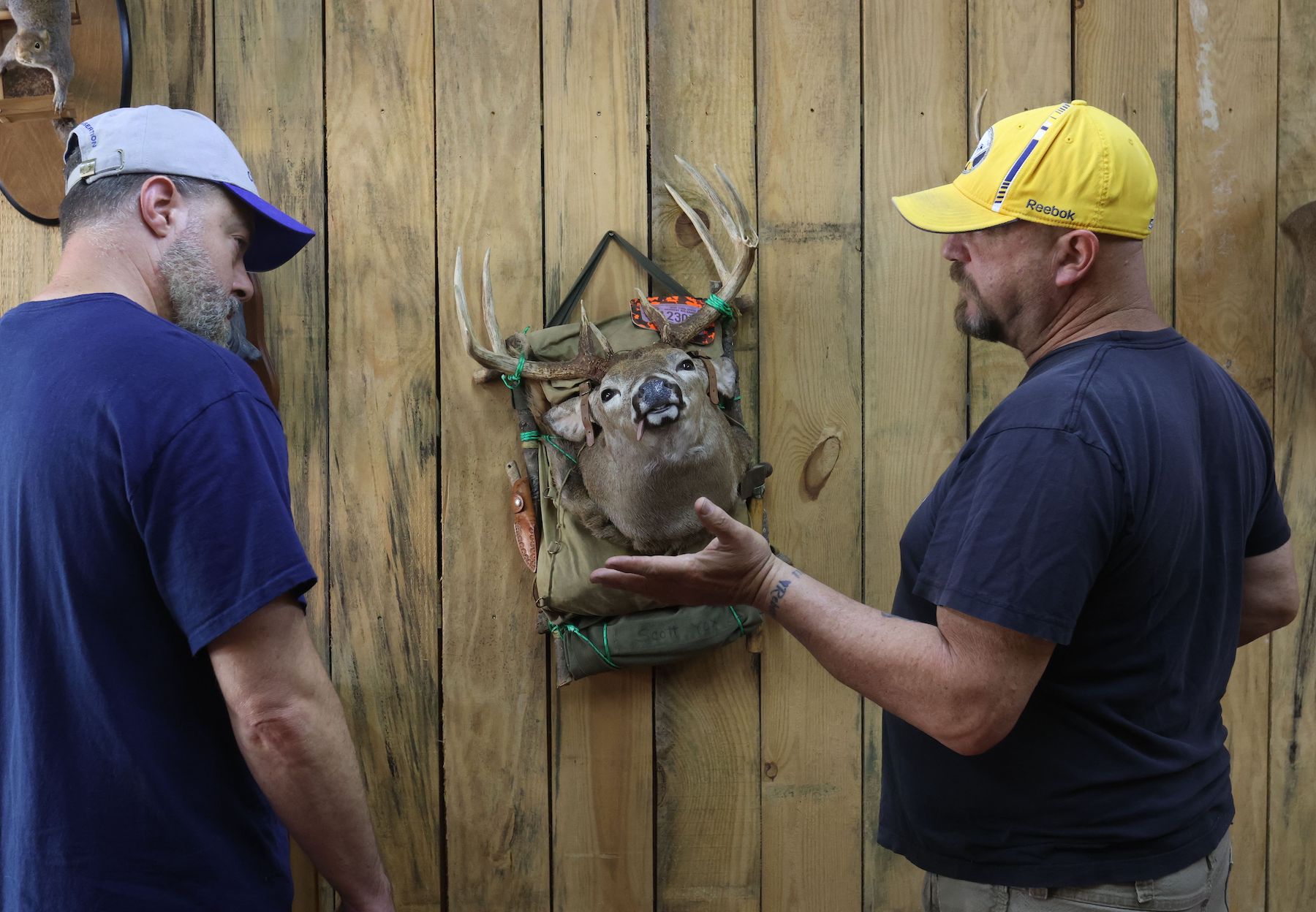Copenhagen’s waterways are nothing short of bustling. I biked by in late spring, which in my native-Georgia opinion, is far too chilly to go swimming. Despite this, locals and tourists alike fill the harbor. They dive in and swim, dip their toes in, sit by and watch the water in a café or go out on their boats of various sizes.
I visited La Banchina, a restaurant located in the Refshaleøen neighborhood. Its name, meaning “the quay,” comes from the dock that makes up its atmosphere. There are a handful of tables in the restaurant, but when I was there, no one was eating inside.
Instead, guests were scattered around the dock. They brought blankets and dogs and cozied up with their glasses of orange wine and vegetarian meals. Some wore swimsuits under their clothes to take a dip after their meal, some changed into their suits out in the open and some opted just to dangle their legs over the edge of the dock.
Why It’s Newsworthy: The city of Copenhagen’s harbor cleanup project of the 1990s allows businesses like La Banchina to exist. Residents and tourists can swim today in once-polluted waters.
I sat on the dock to eat my fish sandwich and listened to the calming rush of the waves, the clinking of glasses and the buzz of dozens of conversations happening around me.
La Banchina’s ingredients are all locally sourced from Danish farmers, and they strive to be sustainable in their business model, according to kitchen employee Elijah Yemoja.
They do this through local sourcing, encouraging customers to sort recycling and serving primarily from glasses rather than cans. They also only serve vegetarian and pescatarian dishes because of environmental impact.
The sustainable aspect is not necessarily the appeal for customers, though.
Nitsan Bartov has only been working at La Banchina for a few weeks. He acknowledges the strides that La Banchina is taking, but wishes they could do more to be sustainable.
“Look around. Even if they were selling gasoline and whale steak, we’d still be full,” said Bartov.
I was curious to see if this was true.
Sally, a Copenhagen transplant, has been coming to La Banchina since it opened. She told me she is “vaguely interested” in the restaurant’s sustainable agenda. Sally does not choose where to eat based on sustainability, especially since many businesses in Copenhagen consider the environment.
Sally and her partner visit La Banchina for the atmosphere. “It’s a great place for a sunset,” she said.

And it is. You may have heard the Danish word “hygge” in the past few years: it refers to a quality of coziness and comfort that brings joy. It’s feeling warm, laughing with friends and appreciating the beauty around you.
Hygge must flow through the waters of Copenhagen’s harbors.
But this hasn’t always been the case. Years ago, it was pollutants that flowed instead.
For centuries, the harbor was polluted with organic material and “toxic and persistent” chemicals.
The primary source of port pollution was Copenhagen’s sewer system. Rain caused the system to overflow, resulting in untreated sewage and rainwater going straight into the harbor.
In the 1990s, the city of Copenhagen made it a priority to invest money and resources into updating the sewage systems with overflow tanks and separate rainwater systems.
Today, there are three harbor baths and six bathing zones in Copenhagen where people can swim.
Climate change poses a potential threat to the function of the rainwater system. As heavy rains increase, there will be more sewer overflow. Toxins are still present in the sediment at the bottom of the harbor, and the city is trying to find the best long-term course of action to deal with these threats.
This clean water is safer for the environment and for wildlife. Now that it’s suitable for human activity, it encourages business development, social interaction, hygge and happiness.
Imagine a world where humans and the earth are prioritized, where all of our city harbors are sustainable for life.

Alyssa Teal is a senior majoring in public relations.








Show Comments (0)